Piedmont is located in northwest Italy, bordering Switzerland and France. It is the second largest region in the country, with a unique mix of natural and cultural heritage. Surrounded by the Alps, Piedmont is the perfect destination for ski-lovers, but its offering is extremely vast: from wonderful lakes and hot springs to Medieval castles, this region appeals to all.
It is also one of the most influential wine regions in Italy. It holds a fundamental role in the development of modern Italian oenology. It was in Piedmont that a wine revolution began, bringing Italy back to the top of high-quality production.
Our Choices from Piedmont
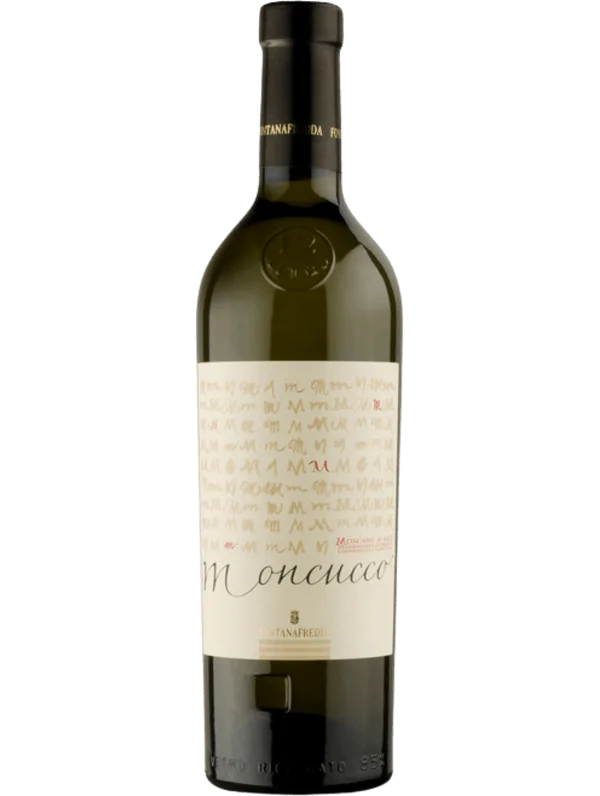
Moscato d'Asti
Sweet, lightly fizzy, low alcohol. Like eating Muscat grapes under a vine. Perfect to pair with fruit tart.
Read more
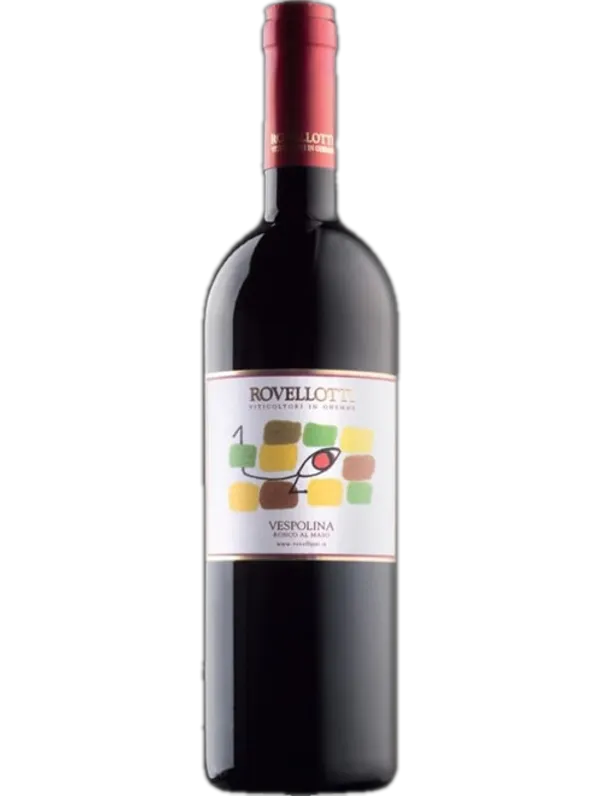
Colline Novaresi DOC Vespolina Ronco al Maso
A 2020 red from Piedmont, 100% Vespolina grapes. Deep ruby-purple, featuring macerated rose and redcurrant. Spicy, peppery undertones with earthy liquorice root accents.
Read more
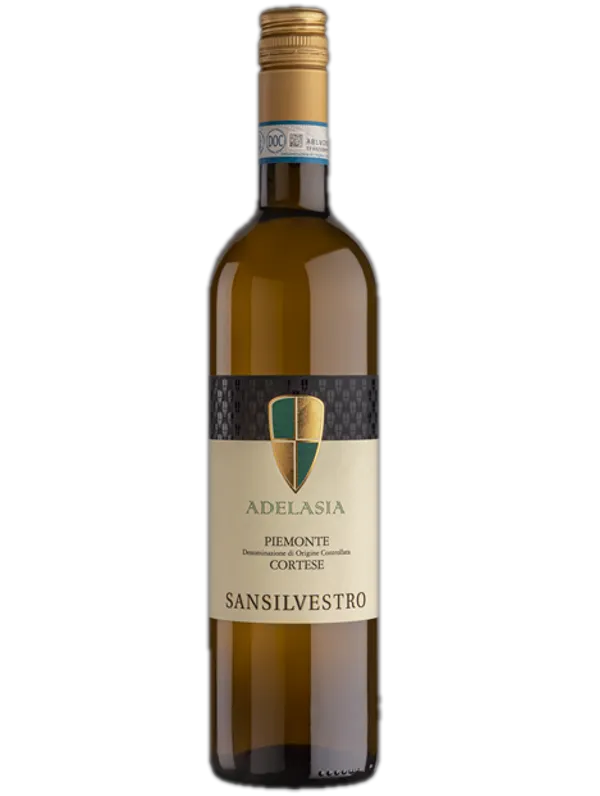
San Silvestro 'Adelasia', Cortese del Piemonte
A 2022 white from Piedmont with 100% Cortese grapes. Fresh, dry profile featuring notes of green apple and lemon, accented by a white pepper finish.
Read more
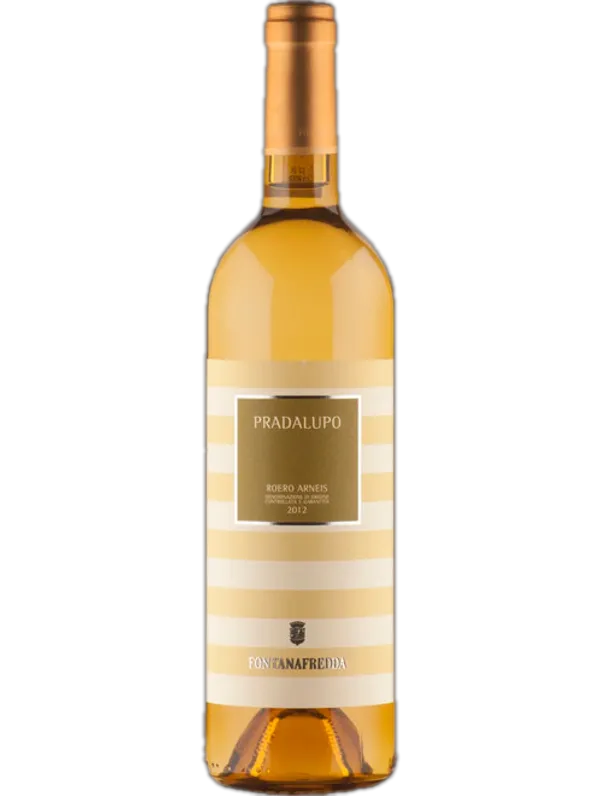
Pradalupo Roero Arneis DOC
This 2021 white from Piedmont boasts 100% Arneis grapes. Exudes exotic fruits, ripe pears, and honey aromas. Velvety, warm palate is balanced by a fresh acidity.
Read more
Piedmont's key Wine Areas
Langhe
The beautiful rolling hills of the Langhe produce the best Nebbiolo grapes in the world. These are used to make the iconic Barolo and Barbaresco wines. In the South-West, you will find Barolo DOCG and in the northeast lies Barbaresco DOCG. Nebbiolo is also used to make younger wines, which are designated Langhe DOC. The Langhe area also produces delicious white wines, typically made from Arneis or Favorita grapes.
Asti
The area surrounding the town of Asti is home to many of Piedmont’s famous wines. These hills boast their own DOCs and DOCGS. The most famous wines from the Asti region are Barbera d’Asti, Dolcetto d’Asti, and Moscato d’Asti.
Gavi
Just North of the Italian riviera lies Gavi, a wine region particularly famous for its stunning white wine. Gavi wines are made almost exclusively from the Cortese grape. The result is a dry and bodied white wine, with gorgeous floral and orchard fruit notes.
Food Parings
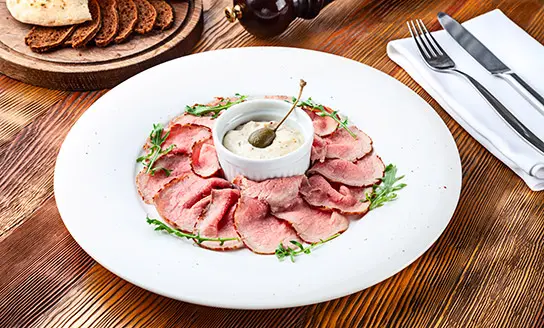
Starter: Vitello Tonnato
This dish mixes land and sea: thinly sliced veal is served with a creamy tuna sauce.
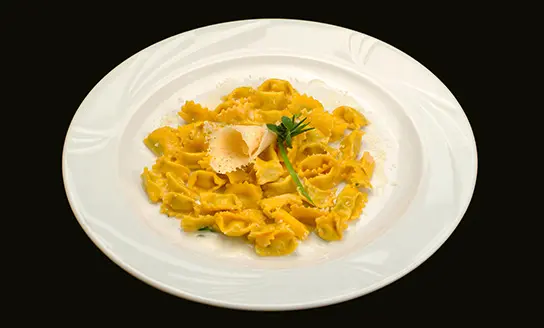
Main course: Agnolotti del Plin
A traditional Piedmontese pasta dish: small pasta parcels (similar to ravioli), filled with beef or veal and cabbage, tossed in butter and sage sauce.
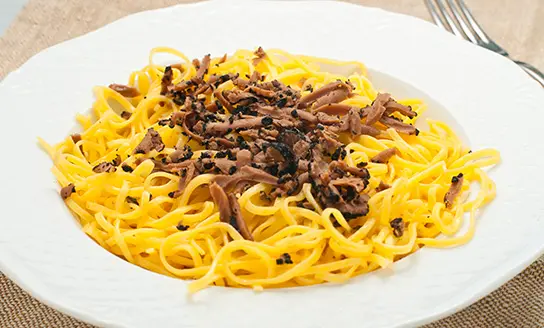
Main course: Tajarin al Tartufo
‘Tajarin’ is a fresh egg pasta unique to Piedmont that resembles tagliatelle. It is served with a butter sauce and fresh shavings of white truffle.
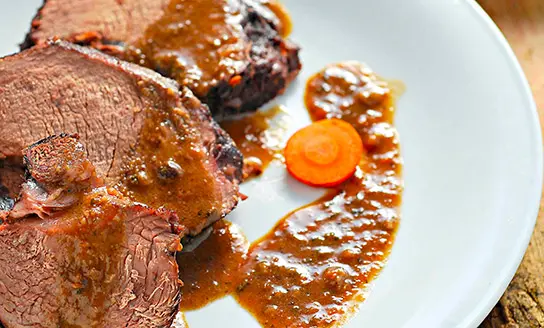
Second course: Brasato al Barolo
Local beef - together with fresh vegetables - is simmered for hours in Barolo until it is as tender as butter

Dessert: Baci di Dama
‘lady’s kisses’ are delicate cookies resemble macaroons in their shape, as two hazelnut cookies are joined together with a delicious chocolate filling.
Piedmont offers a wide variety of local products. Most famously, black and white truffles are found around the hills of Alba. Piedmont is also home to delicious cheeses, like Castelmagno, Bra, and Robiola. All these delicacies go hand in hand with the long selection of regional wines, making this region a paradise for foodies and wine tourists.
There are some epic wine pairings to be had in Piedmont. For instance, truffles taste exceptional with a Barolo or Dolcetto. Piedmont’s white wines work fantastically with any kind of seafood. And Moscato d’Asti is delicious with aged local cheeses and cured meats.
FAQS
What wine is Piedmont known for?
Piedmont is known for many elegant wines both red and white. Yet, the most famous Piedmontese wines are Barolo and Barbaresco, among the best red wines of Italy.
What grapes are grown in Piedmont?
Predominantly Nebbiolo is grown in Piedmont, wherein lies the famous Barolo and Barbaresco regions. Many other grapes are also grown in this region: Dolcetto, Barbera, and Brachetto red grape varieties whereas Moscato, Arneis, and Cortese are the most commonly planted white grapes.
What is distinctive about Piedmont wines?
Piedmont is home to some of the greatest Italian wines with a long tradition of both viticulture and gastronomy. The ‘terroir’ of Piedmont is key to the region’s distinctive wines.
Which is the best time to visit Piedmont?
For oenophiles, the months of September and October are the best choice, as it is harvesting season and the temperatures are still mild. If you are hoping to visit the Piedmont’s nature and cities, anytime from April to September will be delightful. If you are a ski-lover, visit the Alps area from November to February.
What is unique about Piedmont compared to other parts of Italy?
Piedmont is a unique and picturesque region, rich in history and culture and home of the Slow Food movement. It is also home to some of the best wines in the country. A little known fact is that Turin was the first Italian capital, before Florence and Rome, thanks to the residence of the Royal House of Savoy. Blessed with stunning nature and a wonderful cuisine, Piedmont hosts numerous festivals throughout the year to promote local delicacies such as truffles and mushrooms, together with its music and art scene.
Want to know it all?
Piedmont: region in a nutshell
Total vineyard area:
50,000+ hectaresNumber of producers
over 18,000Total wine production per year:
3 million hectolitresNumber of DOCGs:
17Number of DOCs:
42
Piedmont's Wine History
Piedmont has been making wines for centuries. Its beloved Nebbiolo grape dates back to the Medieval period when Piedmont was part of the House of Savoy, whose dynasty had an immense French influence. With the famous Burgundy wine region not far from Piedmont’s borders, it comes at no surprise that French winemaking styles filtered into Piedmont.
Piedmont’s winemaking reputation soon became one of the strongest in Italy. Besides Nebbiolo, the region is home to many amazing indigenous grape varieties, some of which were saved by local winemakers and are now used to produce fabulous wines, such as Arneis. It is also worth noticing that Piedmont is filled with mostly small scale wineries, making a majority of their wines exceptionally artisanal.
Piedmont's Viticulture
Piedmont is one of the largest Italian wine-producing regions, making up a total of over 5% of Italy's domestic production. 90% of Piedmont's wine production occurs in the hilly areas of the region. The most famous is the Langhe, where the famous Barolo and Barbaresco wines are produced. In these areas, there are some exceptional soil varieties.
The region’s climate substantially affects its viticulture. For the most part, Piedmont’s vineyards enjoy a fabulous diurnal range (the temperature difference between day and night in the vineyard), which helps to craft great balanced wines. In addition, various microclimates are found among the slopes of the hills, which are key to the quality of the wine. Furthermore, Piedmont is at the forefront of the production of Italian biodynamic wines, gradually embracing new organic and biodynamic methods in the vineyard.
Piedmont’s Top Wineries To Visit
Deltetto
In the heart of Roero, this award-winning winery is a lively family-run company, producing high-quality wines. They focus on traditional and indigenous vines such as Arneis and Barbera, and also offer a great selection of sparkling wines.
Cantina Contratto
Founded in 1867, this winery is renowned as the oldest producer of sparkling wines in Italy. They produce Moscato and Spumante Metodo Classico, as well as still reds and whites, tonics and Vermouth. The historic wine cellar is recognized as a UNESCO heritage site.
G.D.Vajra
This family-run winery holds a strong ethical belief in reducing the use of chemicals. This, they believe, will produce wine that is as natural and healthy as possible. Their impressive wine methods result in some great wines, including all the classics: Barolo, Barbera, Dolcetto and the not-to-be-missed Freisa.
Best white wines grapes from Piedmont
Arneis:
This native grape produces a lively and delicious dry wine with fruity and herbal aromatics.
Cortese
This variety is most famously grown in Gavi and is reminiscent of flowers and citrus
Moscato Bianco
This grape produces the famous Moscato D’asti wine. Moscato wines are sweet and sparkling.
Best red wine grapes from Piedmont
Nebbiolo
Responsible for Barolo and Barbaresco, Nebbiolo is known for its tannic structure and floral aromas.
Barbera
Barbera pairs perfectly with local cuisine. They are medium-bodied, with dark fruit and spicy flavours.
Dolcetto
This thick-skinned variety produces dry red wines, with cherry-blackberry aromas and a nutty finish
Brachetto
Brachetto is usually blended with other varieties or used in naturally sweet Brachetto d'Acqui.
